Showing posts sorted by relevance for query olivier olivier. Sort by date Show all posts
Showing posts sorted by relevance for query olivier olivier. Sort by date Show all posts
Monday, January 06, 2014
Synthé KING KORG : définitivement analogique par Olivier Briand
Published on Jan 6, 2014 La Boite Noire du Musicien·1,305 videos
"Le King Korg est le synthé à modélisation analogique !
Basé sur la nouvelle technologie XMT Korg, (Xpanded Modeling Technology, il dépasse tout ce qui a pu être fait auparavant dans ce domaine. Le King Korg intègre les modélisations des synthétiseurs légendaires tels que MS20, Mono/Poly mais également les sons numériques des Prophecy, Z1, MS2000 et RADIA.
Ce monstre de technologie intègre également un modulateur en anneau, un générateur de bruit, une entrée audio et même un Vocodeur. Et quel Vocodeur !
Pour parfaire le tout, le King Korg intègre les filtres modélisés des synthétiseurs qui ont fait l'histoire du synthé : MG, OB, P5 sont des noms qui parleront au plus férus d'entre-vous.
http://www.laboitenoiredumusicien.com"
via Olivier Briand on The MATRIXSYNTH Lounge
Googlish:
"The King Korg's analog modeling synth!
Based on the new XMT technology Korg (Xpanded Modeling Technology, it exceeds anything that has been done before in this area. King Korg integrates models of legendary synths such as MS20, Mono / Poly, but also the digital sound of Prophecy , Z1, MS2000 and RADIATION.
This monster of technology also incorporates a ring modulator, a noise generator, an audio input and even a vocoder. And what Vocoder!
To top it off, the King Korg synthesizers integrates modeled filters that have made the history of synth G., OB, P5 are names that speak to the most savvy of you.
http://www.laboitenoiredumusicien.com"
KingKORG : Filtre MG vs MOOG SOURCE par Olivier Briand (La Boite Noire)
Published on Jan 13, 2014
"Essai comparatif du Filtre MG du synthétiseur KingKORG avec le MOOG SOURCE, par Olivier Briand.
http://www.laboitenoiredumusicien.com"
Monday, March 14, 2016
N/O/D/E 2016: conférence Olivier Gillet (Mutable instruments)
Published on Mar 6, 2016 Node Rendez-vous
Olivier Gillet presentation at the recent N/O/D/E 2016 event and conference.
"« Comprendre l'aléatoire et ses applications à la musique
Conférence d'Olivier Gillet (Mutable Instruments) donné le samedi 30 janvier 2016 à Pôle Sud, Lausanne, à l'occasion du N/O/D/E 2016, rendez-vous des curiosités sonores, autour de la thématique "algorithmes et big data"
Existe-t-il différents types ou degrés d'aléatoire ? Comment le décrit-on, le mesure-t-on ? Dans cette conférence, le concepteur de synthétiseurs Olivier Gillet vulgarise différents concepts mathématiques (continu/discret, distribution, indépendance, bruit, chaîne de markov) qui permettent de mieux saisir les différentes formes de hasard qu'on peut mettre en œuvre dans une composition musicale, que ce soit à l'échelle des notes d'une partition ou de la matière sonore elle-même. Chaque concept est illustré interactivement par des programmes python ou puredata, et ses applications musicales (que ce soit dans une composition de Xenakis ou dans les entrailles d'un module eurorack) sont présentées.
plus d'infos sur www.node-rdv.ch
http://mutable-instruments.net"
Googlish:
"Understanding the random and music applications
Conference Olivier Gillet (Mutable Instruments) given Saturday, January 30, 2016 at the South Pole, Lausanne, at the N / O / D / E 2016, appointment of sound curiosities, around the theme 'Big Data and Algorithms'
Are there different types or degrees of randomness? How do we describe the do we measure? In this conference, the designer Olivier Gillet synthesizers popularizes various mathematical concepts (continuous / discrete, distribution, independence, noise, Markov chain) to better understand the different forms of chance that can be implemented in a musical composition , whether to scale notes of a score or sound material itself. Each concept is illustrated with python interactively or puredata programs, and music applications (whether in a composition of Xenakis or in the bowels of a eurorack module) are presented."
Monday, March 26, 2018
Arturia MiniBrute2 EG close up by Olivier Briand
Published on Mar 26, 2018 Olivier Briand
"Arturia MiniBrute2 EG close up by Olivier Briand"
Update:
Arturia MiniBrute 2 LFO close up by Olivier Briand
Published on Mar 26, 2018 Olivier Briand
"Arturia MiniBrute 2 LFO close up and tweak by Olivier Briand"
Monday, October 23, 2023
5 P. M. SUNBEAM (feat. Michael Geyre, Olivier Grall)
video upload by AbigobaMusic
"This is the return of Abigoba! New EP 'Future Legacy' featuring many greats musicians is now available.
'5 P.M. SUNBEAM guests 2 greats Keyboardists /sound designers/artists : MICHAEL GEYRE & OLIVIER GRALL, for a tribute and the project of playing as possible the same keyboards that the great Herbie Hancock used in 1978 on the album 'Sunlight' (the legendary album backcover picture). Olivier opened his temple of electric keyboards (Synthégrall) to us in order to share is great synthesizers, and record the title.'
Michael Geyre : Fender Rhodes 1975, Clavinet D6, Minimoog D, Synkey and CS80 (and Drums programmation)
Olivier Grall : Oberheim 4 voices, Solina Strings Ensemble, ARP 2600.
Jean-Luc Briançon : ARP Odyssey, Minimoog D, Yamaha CP30, Polymoog.
Additional shaker part by Franck Boutin-Albrand.
Composed by Michael Geyre, Recorded at Synthégrall Studio (Andernos) by Olivier Grall, Mixed at Nuage7 - Domaine de Sourzy by Jean-luc Briançon
Video direction & edition by Quentin Geyre (Groseille video)
Produced by Jean-Luc Briançon for Nuage7
EP available on all plateformes (Spotify, Deezer, ect.) :
https://open.spotify.com/intl-fr/trac..."
Monday, January 20, 2014
KingKORG : MS-20 vs KORG MS-20 & MG vs MOOG SOURCE Filter Comparisons
KingKORG : Filtre MS-20 vs KORG MS-20 par Olivier Briand (La Boite Noire)
Published on Jan 20, 2014
"Essai comparatif du Filtre MS-20 du synthétiseur KingKORG avec le KORG MS-20, par Olivier Briand.
http://www.laboitenoiredumusicien.com"
via Olivier on The MATRIXSYNTH Lounge
Update: the above was part three in the series. The following featuring the Moog filter is part 2. All parts posted here.
KingKORG : Filtre MG vs MOOG SOURCE par Olivier Briand (La Boite Noire)
Published on Jan 13, 2014
"Essai comparatif du Filtre MG du synthétiseur KingKORG avec le MOOG SOURCE, par Olivier Briand.
http://www.laboitenoiredumusicien.com"
Published on Jan 20, 2014
"Essai comparatif du Filtre MS-20 du synthétiseur KingKORG avec le KORG MS-20, par Olivier Briand.
http://www.laboitenoiredumusicien.com"
via Olivier on The MATRIXSYNTH Lounge
Update: the above was part three in the series. The following featuring the Moog filter is part 2. All parts posted here.
KingKORG : Filtre MG vs MOOG SOURCE par Olivier Briand (La Boite Noire)
Published on Jan 13, 2014
"Essai comparatif du Filtre MG du synthétiseur KingKORG avec le MOOG SOURCE, par Olivier Briand.
http://www.laboitenoiredumusicien.com"
Saturday, September 10, 2011
Interview with Mutable Instrument's Olivier Gillet
 The following interview is by Juan Vílchez Gómez for Hispasonic. Juan sent it my way via The MATRIXSYNTH Lounge. You can find a Spanish version on Hispasonic here. The following interview is posted here in English with permission from Juan. MATRIXSYNTH gets a mention! Thank you to Juan and Hispasonic!
The following interview is by Juan Vílchez Gómez for Hispasonic. Juan sent it my way via The MATRIXSYNTH Lounge. You can find a Spanish version on Hispasonic here. The following interview is posted here in English with permission from Juan. MATRIXSYNTH gets a mention! Thank you to Juan and Hispasonic!"Hispasonic: This time we are talking with Olivier Gillet, the man behind Mutable Instruments and creator of the famous synth Shruthi-1. He reveals exciting information about his next projects and throws light upon synth design.
JuanVilchez is the interviewer.
Hispasonic: Well... Taking into account that the key questions about the Shruthi-1 have been already answered in the forums, or in the comprehensive documentation of your webpage, I propose that you could speak us about the future of Mutable Instruments... as it seems that some exciting new machines are in the making right now.
 Mutable: The exciting new projects:
Mutable: The exciting new projects:Next project (september/october): the MIDIpal, a small, inexpensive, MIDI processing
unit, running algorithmic transformation on the MIDI notes (arpeggiation, harmonization, delays) along with more traditional filter/splitter/monitoring things. Something you'll want to stick between anything with a keyboard and anything with an audio out in your studio :) This is the first project that will be industrially manufactured - though the first batch will be available as a SMT kit.
A revision of the Shruthi-1 hardware for the next batches of kits - in particular I've spent quite some time cutting the part count on the filter board.
A new Shruthi-1 filter board (MS-20 clone).
A variant of the Shruthi-1 digital board that will replace all the digital oscillators by 12-
bits sample playback from a SD card (and will probably do sampling too). This will add a new dimension to the "Shruthi-system" = 3 "controller boards" (Shruthi, Sidekick, Sampler) x 7 "filter boards".
 Something that will replace, in the long run, the Shruthi-1 - and in which I'm trying to address most of the shortcomings and design decisions of the Shruthi-1. This is a more ambitious, risky, project as I'm trying to squeeze in a lot of very new features, and design it in such a way that some parts of the project can be interchanged, with both a SMT version for industrial manufacturing and still a through- hole variant for DIYers. While avoiding reinventing too much and keeping it close to the Shruthi sound. Ready in 6 months? 1 year? I don't know.
Something that will replace, in the long run, the Shruthi-1 - and in which I'm trying to address most of the shortcomings and design decisions of the Shruthi-1. This is a more ambitious, risky, project as I'm trying to squeeze in a lot of very new features, and design it in such a way that some parts of the project can be interchanged, with both a SMT version for industrial manufacturing and still a through- hole variant for DIYers. While avoiding reinventing too much and keeping it close to the Shruthi sound. Ready in 6 months? 1 year? I don't know.Least sexy but most important thing: establishing an actual company -- at the moment what I do is registered as a "side-business" and while it is very simple paperwork-wise, it adds many constraints to what I can and cannot do, and exposes me to many risks in case of bankruptcy.
Hispasonic: I think that it could be interesting not only promoting Mutable Instruments but you as well, as I find that you're a really talented guy and that you've the most valuable opinions and tastes. Just saying... I perceive that you're a shy person (am I wrong?), but maybe it could be interesting to know more about "the creator".
Olivier: I wouldn't see the point of promoting myself - I don't sell myself, I sell synths, and they can "speak" or rather "sound" for themselves!
Many interesting synthesizer businesses are small, quite often run by one single person, who has to wear both an engineering and marketing hat. Personally, I try to keep my engineering hat as much as possible because this is what I am good at, and because I quite like the values that goes with engineering. Chips datasheets don't cheat, at least not on the first page... I see too much people overhyping stuff in my daily job to want to do anything like that when I am working on my synth projects.
 Hispasonic: In Hispasonic we are really proud of our community of synth enthusiasts. Here is a little "window" that is going to be seen by a lot of people. Taking a look into your resumé, we know that we can confidently trust you in regard to software and electronic musical instruments. So... what do you want to say to them?
Hispasonic: In Hispasonic we are really proud of our community of synth enthusiasts. Here is a little "window" that is going to be seen by a lot of people. Taking a look into your resumé, we know that we can confidently trust you in regard to software and electronic musical instruments. So... what do you want to say to them?Olivier: If there had something I had to say to the synth public is that they should try to keep a critical eye and ear when looking at synths - there are so many misconceptions (that I used to have too, until recently!) about synths. Things like:
- "UIs with LCD displays / pages [as opposed to 'one knob per function'] suck" Most people having used the Shruthi-1 agree that the interface is very easy to understand. The ESQ-1 looks horrible with only one data entry slider but it's surprisingly very fast to program. While some knob-laden VAs are horrible to use because everything not directly in the front panel might be hidden behind half a dozen of keypresses.
- "8-bits => chiptune sounds!"
Just because something uses 8-bit resolution somewhere in the signal chain doesn't make it sound like a Nintendo. It's not all black and white: The Fairlight had 8-bit converters ; the Dark Energy uses a sound chip that found its way in some 80s arcade machines. And plenty of other weird combinations inbetween.
- "Vintage synths got their good sound from the vintage VCF chips"
I was fooled by this too, and this is why I invested time in getting some of those chips and building filters with them. My conclusion is that those chips were very convenient because they concentrated many useful functions in a small area (and thus made reliable, smaller polysynths possible), but there's nothing magical in them - gain cells and linear/exponential voltage->current converters in one small package. I won't bother with those things from the past in new designs, because the magic is outside of the chip.
- "Stuff designed by amateurs will always be one step behind commercial products"
I hang around a few DIY online communities (for example the SDIY mailing list) and I am amazed by the expertise and knowledge of the people here. And then it struck me that to the most talented electrical engineers it would be a weird career move to actually work full-time on synths, because there are many other fun things to do with their skills. Somehow I think the most difficult thing for a trained EE to go into making synths would not be the challenge of the work, but the challenge of only applying a very small fraction of their knowledge of the field.
 Hispasonic: There is a growing community of people that decide to take direct control and create their own synths from the electronic parts (DIY). Any advice for them?
Hispasonic: There is a growing community of people that decide to take direct control and create their own synths from the electronic parts (DIY). Any advice for them?Olivier: A last thing, and this takes the form of a question: "what makes a good synth/DIY project?". To me, three things:
Understanding the difference between a "project" and a "product"
It took 2 to 3 months to design something like the Shruthi from A to Z.
At this stage you'll have something awesome that you can put in a box, use yourself, post a video to Matrixsynth and be very proud of. But then it will take maybe 5 or 6 months to turn it into a "product", to sort unsexy things like documentation, sound banks, testing on a variety of setups, parts sourcing and validation, more field testing, feature requests from beta testers, etc.
I had changing opinions about whether oscillators, filters, modulations, etc. were the most important element to define the "sound of the synth". In the end, my view on that is that what makes a synth good is the presence, or not, of a "vision" or "plot" about how it should sound like, and then the effort made to ensure that every module contributes to this vision and goes in the right direction.
This is why I believe "design by committees" efforts like the Tyrell from Amazona are a bad idea - "just making the majority happy" is not the sort of vision to build something upon. At least not in arts.
When the designer of a synth has never taken the time to actually listen to its creation, it shows!
Hispasonic: Thank you very much Olivier for some of your time - we know that you are really busy these days - and for really getting involved in the topics treated. We do know that you are not very enthusiastic about being interviewed or talking about your products, as you completely trust on their sound as their best marketing campaign. We can’t wait to hear and play with your last creations. They will give us plenty to talk about, for sure."
Useful links:
Mutable Instruments
Shruthi-1 on Youtube
Shruthi-1 audio demos on Soundcloud
Contact the interviewer:
me@juanvilchez.com http://www.juanvilchez.com
Monday, April 05, 2021
olivier grall's grallophone & SynTesla Synths
video by Grall Olivier
You might remember the SynTesla II here. "first demo of my one of a kind synth the GrallOphonE
conception Pierre Jean Tardiveau and Olivier Grall .
realisation Pierre Jean Tardiveau
no talk"
And some pics of various models via Pierre Jean Tardiveau's Insgagram. Very steampunk in design. See the pics for features. It appears Olivier Grall is playing the SynTesla IV above.
LABELS/MORE:
DIY,
GrallOphonE,
New DIY,
New in 2021,
News,
Olivier Grall,
Pierre-Jean Tardiveau,
steampunk,
SynTesla
Thursday, January 22, 2015
KORG MS20M KIT + SQ-1 improvisation by Olivier Briand
Published on Jan 22, 2015 Olivier Briand
"KORG MS20M KIT + SQ-1 improvisation by Olivier Briand + sdd3000 digital delay. The original Ms20 is only transposing the sequence, it makes no sound in this demonstration."
And in French:
KORG MS20M Kit & KORG SQ1 par Olivier Briand (La Boite Noire)
Published on Jan 22, 2015
"http://www.laboitenoiredumusicien.com...
KORG MS20M KIT & SQ1 : NOUVEAUTÉS NAMM 2015 !"
Monday, March 26, 2018
Arturia MiniBrute 2 final tweak by Olivier Briand 2018
Published on Mar 26, 2018 Olivier Briand
"Arturia MiniBrute 2 final tweak Performance by Olivier Briand 2018"
You can find more Arturia MiniBrute 2 videos by Olivier Briand here.
Monday, March 31, 2014
An Interview with Mutable Instruments Olivier Gillet
via Art Music & Technology
"I mention it during the intro, during the interview and during the outro - I'm a fanboy of the work of Olivier Gillet. As the designer/developer behind Palm App "Bhajis Loops" and "Microbe" (as Chocopoolp) and the Mutable Instruments modules (with Braids as one of my alltime favorite modules), Olivier is on the front lines of music technology creativity. If you haven't yet heard of his work, I'm glad to be introducing you to him.
In this interview, we talk about Chocopoolp's creation, how this morphed into Mutable instruments, and how a DSP-trained student became a leader in the mostly-analog world of modular synthesizers. We also learn a little about how he works, and where he is taking Mutable for the future. The conversation flys around a bit, but Olivier keeps me on track...
Enjoy!"
The podcast was downloadable so I popped it up on SoundCloud to embed and have in the archives. The interview is by Art Music & Technology.
"I mention it during the intro, during the interview and during the outro - I'm a fanboy of the work of Olivier Gillet. As the designer/developer behind Palm App "Bhajis Loops" and "Microbe" (as Chocopoolp) and the Mutable Instruments modules (with Braids as one of my alltime favorite modules), Olivier is on the front lines of music technology creativity. If you haven't yet heard of his work, I'm glad to be introducing you to him.
In this interview, we talk about Chocopoolp's creation, how this morphed into Mutable instruments, and how a DSP-trained student became a leader in the mostly-analog world of modular synthesizers. We also learn a little about how he works, and where he is taking Mutable for the future. The conversation flys around a bit, but Olivier keeps me on track...
Enjoy!"
The podcast was downloadable so I popped it up on SoundCloud to embed and have in the archives. The interview is by Art Music & Technology.
Wednesday, January 31, 2018
Korg Prologue First Contact with Olivier Briand
Published on Jan 31, 2018 Olivier Briand
"Olivier Briand Meets the new Korg Prologue @ Michenaud and Co (Nantes-France)"
Follow-up to Arturia MiniBrute 2 First Contact with Olivier Briand.
Thursday, May 31, 2018
Why We Bleep Podcast 005: Olivier Gillet - Mutable Instruments
Published on May 31, 2018 mylarmelodies
You can find a handful of posts featuring Olivier Gillet's chocopoolp for Palm OS here.
"Thanks to episode sponsors Signal Sounds: http://signalsounds.com ! This month I'm very excited to present a chat with perhaps one of the most mysterious and well-respected characters in the Eurorack world - Olivier Gillet of Mutable Instruments.
In it we discuss his route into music technology, his module development process, the importance of daydreaming, and some quite surprising facts regarding the size of his company, and much more besides.
More at: http://www.whywebleep.com
Saturday, December 14, 2019
Un samedi matin à Grenoble...
Published on Dec 13, 2019 yusynthman
"Un bref extrait de ce qui se passe quand des fondus des synthétiseurs d'un âge certain se retrouve autour de bonnes vieilles (et nouvelles) bécanes analogiques, avec Olivier Briand au lead sur MatrixBrute, Adrien Duchemole au Roland System 700, Olivier Grall à la caméra et votre serviteur au commandes du PPG100 modulaire...."
Googlish:
"A brief extract of what happens when fades of synthesizers of a certain age are found around good old (and new) analog bikes, with Olivier Briand at the lead on MatrixBrute, Adrien Duchemole at Roland System 700, Olivier Grall at the camera and your servant at the controls of the modular PPG100 .... "
Saturday, December 07, 2013
Olivier Briand Light Memories Partie XV intégrale
Published on Dec 7, 2013 Olivier Briand·14 videos
"Version Intégrale du dernier morceau de l'album d'Olivier Briand "Light Mémories" (le dernier titre sur le cd est constitué des premières 5'22 du titre délivré en entier ici soit 19'28 ) Entièrement réalisé avec un Yamaha CS80 en une seule prise, puis monté sur 3 pistes.
Album disponible sur www.pwm-distrib.com"
Googlish:
"Full Version of the last track of the album Olivier Briand "Light Mémories" (the last track on the cd consists of the first 5'22 title issued around here is 19'28) Made entirely with a Yamaha CS80 in a single dose, then mounted on 3 tracks."
"Version Intégrale du dernier morceau de l'album d'Olivier Briand "Light Mémories" (le dernier titre sur le cd est constitué des premières 5'22 du titre délivré en entier ici soit 19'28 ) Entièrement réalisé avec un Yamaha CS80 en une seule prise, puis monté sur 3 pistes.
Album disponible sur www.pwm-distrib.com"
Googlish:
"Full Version of the last track of the album Olivier Briand "Light Mémories" (the last track on the cd consists of the first 5'22 title issued around here is 19'28) Made entirely with a Yamaha CS80 in a single dose, then mounted on 3 tracks."
Sunday, January 14, 2018
New μBraids SE Eurorack voltage-controlled digital oscillator/sound source in 8HP by Tall Dog Electronics
We have a new maker and a new module to the site. Tall Dog Electronics and the µBraids SE.
"µBraids SE is a voltage-controlled digital oscillator/sound source in 8HP with a wide range of creative and useful sound generation algorithms (aka models).
This redesigned µBraids SE (Special Edition) is a new revision of µBraids that updates and simplifies the component layout and has a new panel design. It utilizes a custom miniature segmented LED module, eliminating the need for a 2nd microprocessor and its supporting circuitry. µBraids SE remains fully compatible with future upstream Braids firmware upgrades and any other alternate firmwares that are compliant with the standard Braids design.
This module is available from: Control / Analoguehaven / Perfect Circuit / Synthcube with more to come.
Included Parts
µBraids SE includes a standard 16-pin to 10-pin Eurorack power cable and two sets of mounting screws for racks/enclosures with either M2.5 or M3 threads.
History
The original Braids was designed by Olivier Gillet of Mutable Instruments under a CC BY-SA 3.0 license. Braids is a macro-oscillator with multiple intricate digital synthesis algorithms. Each algorithm is controlled by two continuously variable parameters, both of which are voltage controllable. It is available as a 16HP Eurorack module. (Source)
LABELS/MORE:
eurorack,
New,
New in 2018,
New Makers,
New Makers in 2018,
New Modules,
New Modules in 2018,
Tall Dog Electronics
Sunday, March 25, 2018
Arturia MiniBrute 2 VCF close up by Olivier Briand
Published on Mar 25, 2018 Olivier Briand
"Some close up around the filter of the Arturia MiniBrute 2 by Olivier Briand"
More from Olivier Briand.
Tuesday, September 10, 2013
Mutable Instruments at Modular Square with a Few Surprises
Pics and audio of last Saturday's Modular Square event with Mutable Instruments Olivier Gillet (posted here) are in!
Olivier shared some secrets about his next batch of modules and some surprises.
You will find the full set of pictures here.
Directly below you will find a recording of the talk in French, given by Olivier Gillet and a synth battle between Mooko and Modular Strike Force. Modular Strike Force is Cyril of Modular Square's side project.
The highlights of the talk and the surprises follow further below. The list is translated from French to Googlish. You can find the original French on Modular Squares' post here.
"New modules (release expected in december 2013 Could change)
SHADES :
- Utility Module mixing / mitigation / voltage shift (offset) .
- 3 channels is adjustable attenuator in either polarizer (' atténuverteur ') .
- Standardized +5 V or +10 V constant voltage generation (offset ) Hall.
- Outputs strung together in other to use blender.
- High accuracy and transparency Amplifiers .
- 6HP
PEAKS :
- Utility Multifunction Module generating CV or audio signals from triggers: envelope , LFO generator 808 percussion type, all on two channels.
- Two trigger inputs , two outputs.
- Two editing modes : coupled (both channels share the same parameters, but are triggered independently ) or separated ( one control two parameters for each channel ) .
- 8HP
features :
ADSR envelope * / AD
* LFO with sinus shape / square / triangle / slots / with random variations ( duty cycle , slope)
* LFO with tempo setting .
* Generator BD and SD TR- 808, after modeling the original circuits.
YARNS :
- Interface MIDI manager up to 4 channels : either 1, 2 , 3, 4 sections
independent ( each with its own MIDI channel ) is a section
polyphonic 2 or 4 channels .
- Each section has its own arpeggiator and step sequencer
( 64 steps ) , inspired MIDIpal .
- Each CV output may be replaced by a digital oscillator
Simple ( waveform 5 ) assigned to a section .
- 12 HP
The module is equipped with a MIDI output allows controlling
instruments with external sequencer / internal arpeggiator , or
to " spill over" notes exceeding the polyphony to a second
interface or a MIDI synthesizer.
TIDES :
- Function Generator can be used as AD / AR envelope , LFO , or oscillator.
- 3 frequency ranges , the module containing in all 0.001 Hz to 15kHz .
Operating cycle (LFO / oscillator ) in single pass (AD ) or single pass with steady ( AR) . Calibrated V / Oct to be "played" on musical scales .
- Adjust the ratio of rise time and fall ; waveshaper
with various forms of curves uphill and downhill , and wavefolder filter to smooth the curve or dent - all controllable CV .
- CV controlling the output level (and therefore requires no external VCA ) .
- CLOCK input to (in addition to a conventional sync with division / multiplication of frequency) to "learn" the module output in a rhythmic pattern sequencer . The CLOCK input operates as a PLL for audio frequencies.
- Gate -end attack / decay outputs for chaining multiple
shell segments .
- Outputs "unipolar" and "bipolar" - with a positive bump in the attack phase , and a negative bump during the decay phase or loosening .
- At audio frequencies , the module behaves as a synthetic route
digital to very special stamp .
- 14 HP
FRAMES :
- Module morphing . Used in blender, generator CV or router / signal distributor 4 channels (or even combinations mixing these functions). The module allows you to store multiple (up to 64 ) different configurations gains of each of its four channels (or output CV for unconnected inputs ) , and then allows
to interpolate from one to the other - the movement being controlled by the
middle button or a CV.
- 20 HP
Surprises !
Braids Easter Egg : write " 49" in the text editing to ear a morse code. It's an extract of the book Thomas Pynchon's "The Crying of Lot 49"
Braids update ( in 10 days) Will add :
* Adjusted wave tables in memory to minimize
phase difference / amplitude between shapes and textures generate
more uniform.
* New WLIN mode to scan all the forms
wave of wavetable mode on a single dimension using the button
STAMP . The COLOR button selects different modes of interpolation /
resolution.
* New fashion DRUM generating a metal percussion deaf can
be " held " in drone.
CVpal : USB- > CV / Gate dual channel kit - easy to
DIY beginners ! Eurorackable or small independent housing. iPad
/ OS X / Linux.
Shruthi XT version of " one knob per function" of Shruthi , size
compact on a single PCB .
And to finish ... there is more to find easter egg ... will you find 'em ? Olivier Will reveal em When He will come back for the 2nd Release Party ! "
Thursday, January 14, 2016
Korg Officially Announces minilogue; Four-Voice Polyphonic Analog Synth
Korg Minilog: PlugInGuru Quick-e Tour
Published on Jan 14, 2016 PlugInGuru
The details are in. You'll find Korg's Press release with hi-res pics and specs below, but let's start with a few videos. Click here for new posts that have gone up in order.
"Under 2 min and you’re going to want to own one of this amazing synth. The RAW POWER and the WARM analog tone is incredible. Makes every software synth jealous as well. :D"
Published on Jan 14, 2016 PlugInGuru
The details are in. You'll find Korg's Press release with hi-res pics and specs below, but let's start with a few videos. Click here for new posts that have gone up in order.
"Under 2 min and you’re going to want to own one of this amazing synth. The RAW POWER and the WARM analog tone is incredible. Makes every software synth jealous as well. :D"
Saturday, April 19, 2025
Heritage Modular: un modulaire polyphonique à mémoires (Feat.Olivier Delevingne)
video upload by SynthFest France
Click CC at the bottom of the player for sub titles.
"Frédéric poursuite sa formidable aventure avec son concept unique: un synthétiseur modulaire polyphonique à mémoires fonctionnant sous Pure Data.
Projet DIY pas encore commercialisé, Frédéric est encouragé par la communauté du SynthFest pour industrialiser son concept et, espérons-le, le commercialiser à terme.
Il est rejoint en fin de démo par Olivier Delevingne, compositeur/performer pour une démo finale à 4 mains!
https://www.heritagesynthesizers.fr/"
Googlish:
"Frédéric continues his incredible adventure with his unique concept: a modular polyphonic synthesizer with memories running on Pure Data.
A DIY project not yet commercialized, Frédéric is encouraged by the SynthFest community to industrialize his concept and, hopefully, eventually commercialize it.
He is joined at the end of the demo by Olivier Delevingne, composer/performer, for a final four-handed demo!
https://www.heritagesynthesizers.fr/"
Thursday, January 14, 2016
KORG Minilogue demo by Olivier Briand
You'll find a fifth video by Olivier Briand added to the main post on the KORG Minilogue here. This one if a full on audio demo of it's capabilities. Do not miss it!
Update: a second video from PlugInGuru was added directly below Olivier's.
NEXT PAGE
HOME
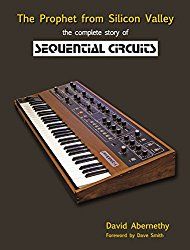
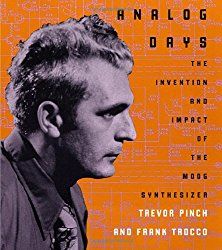
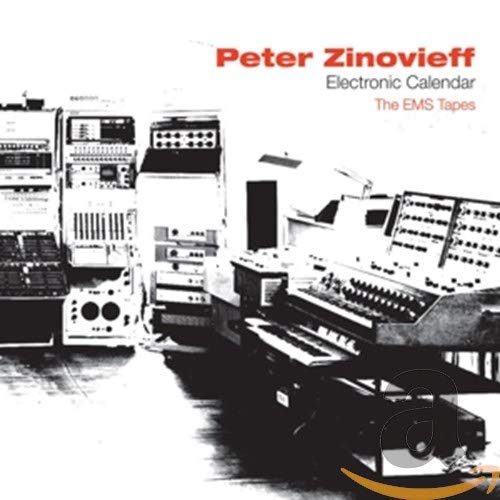
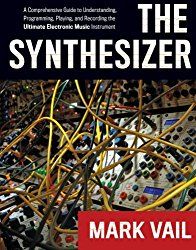
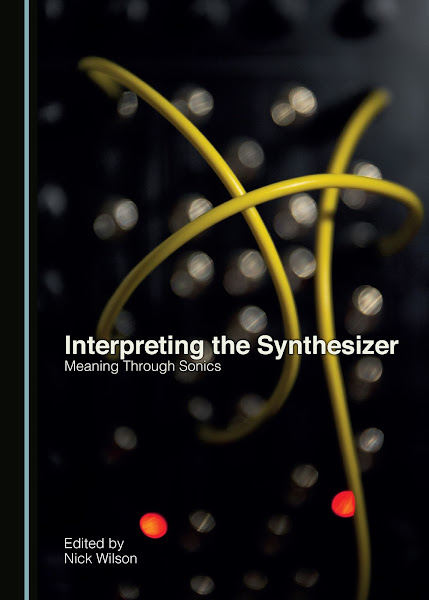
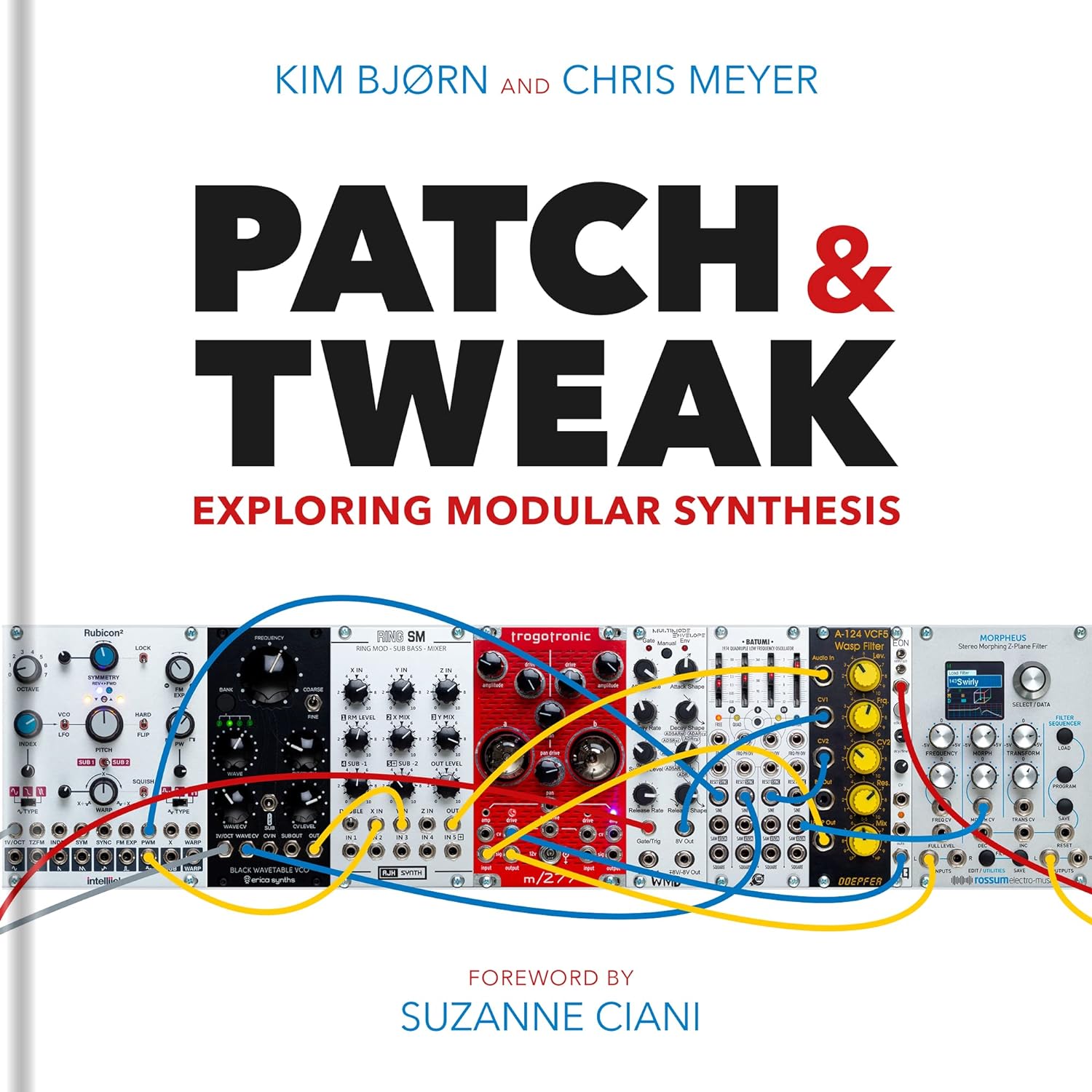

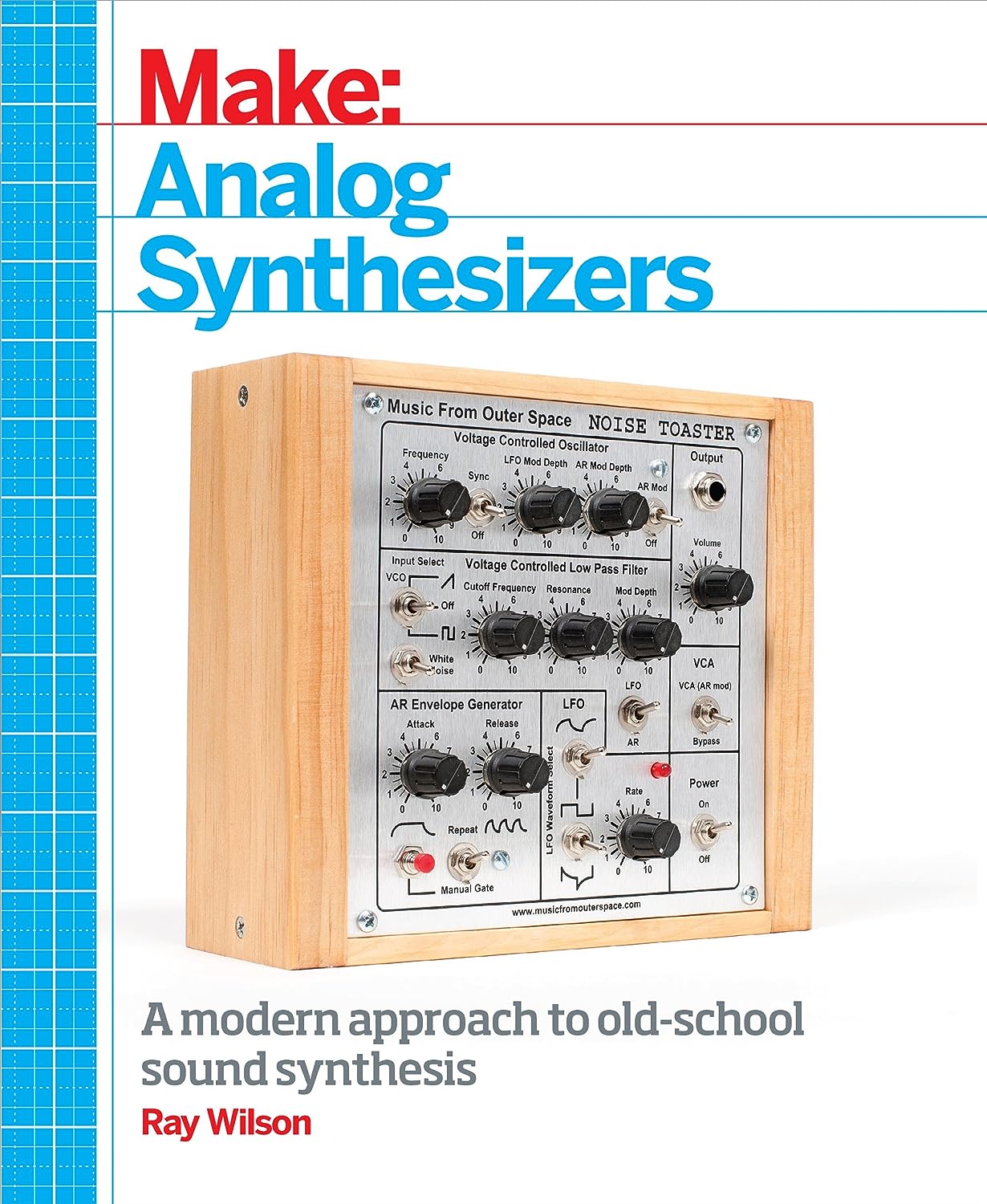
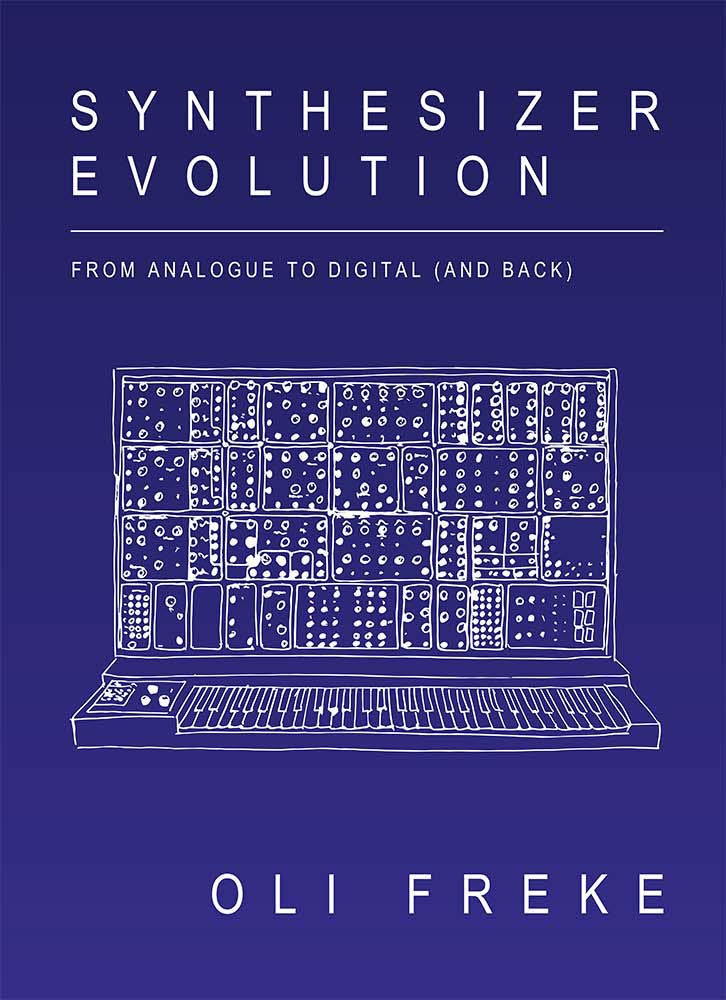
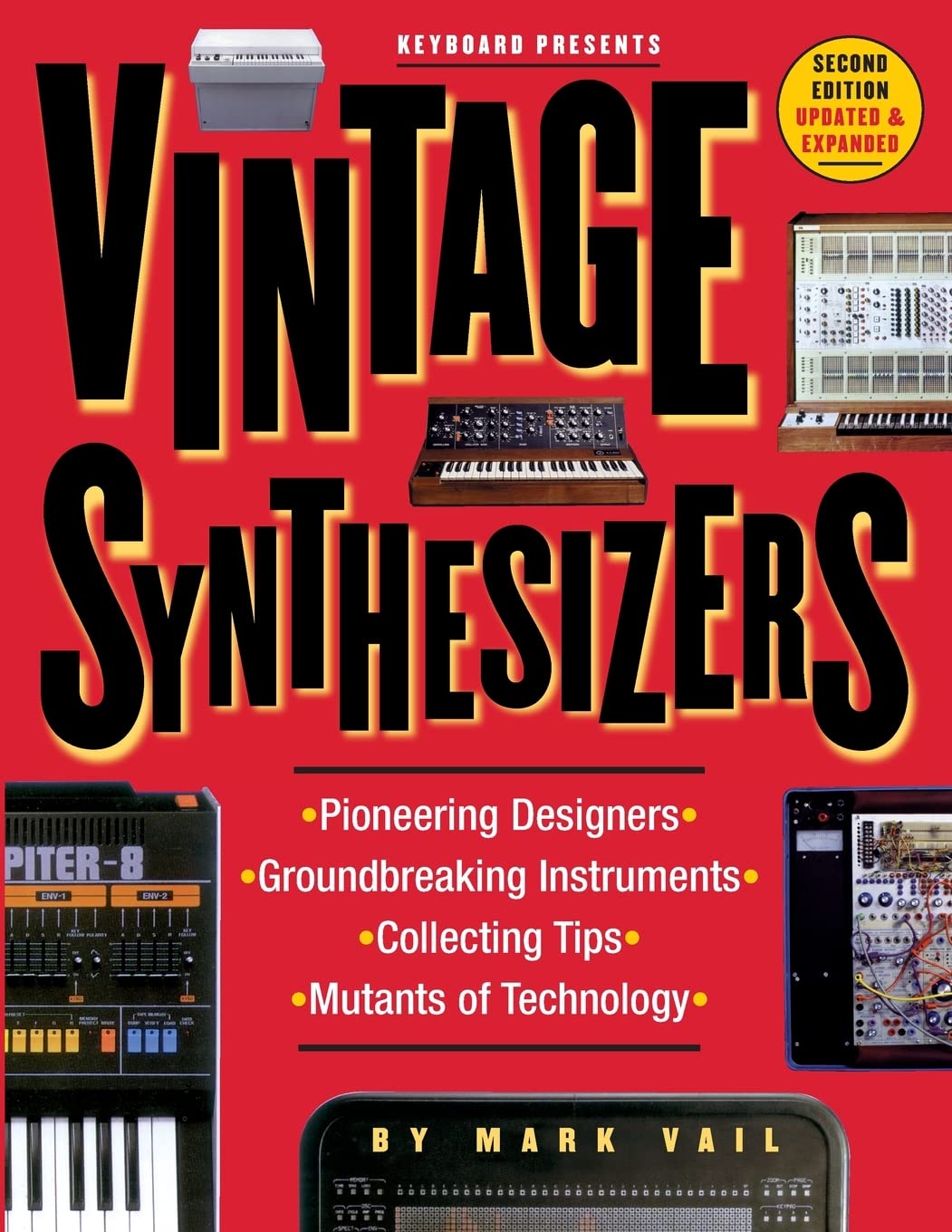
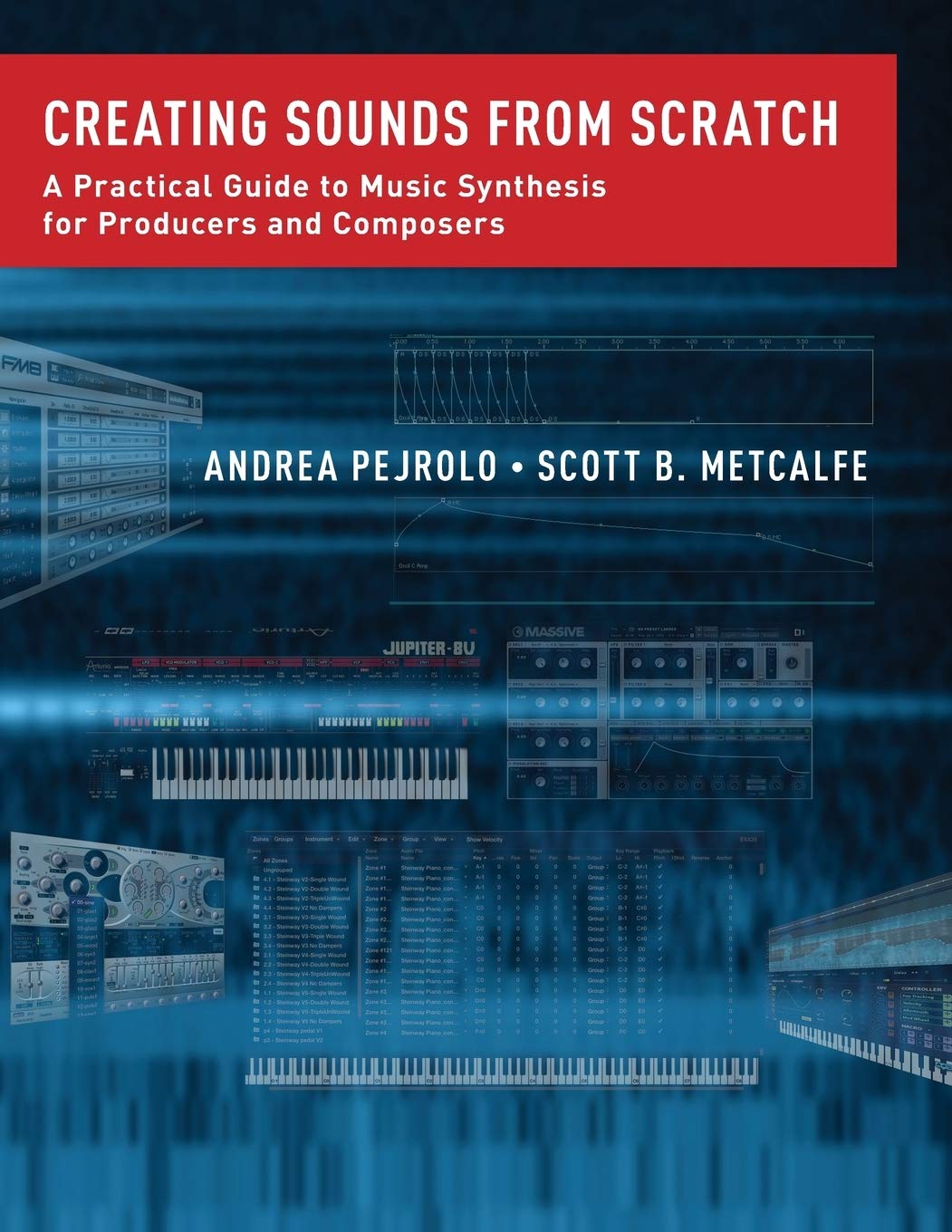
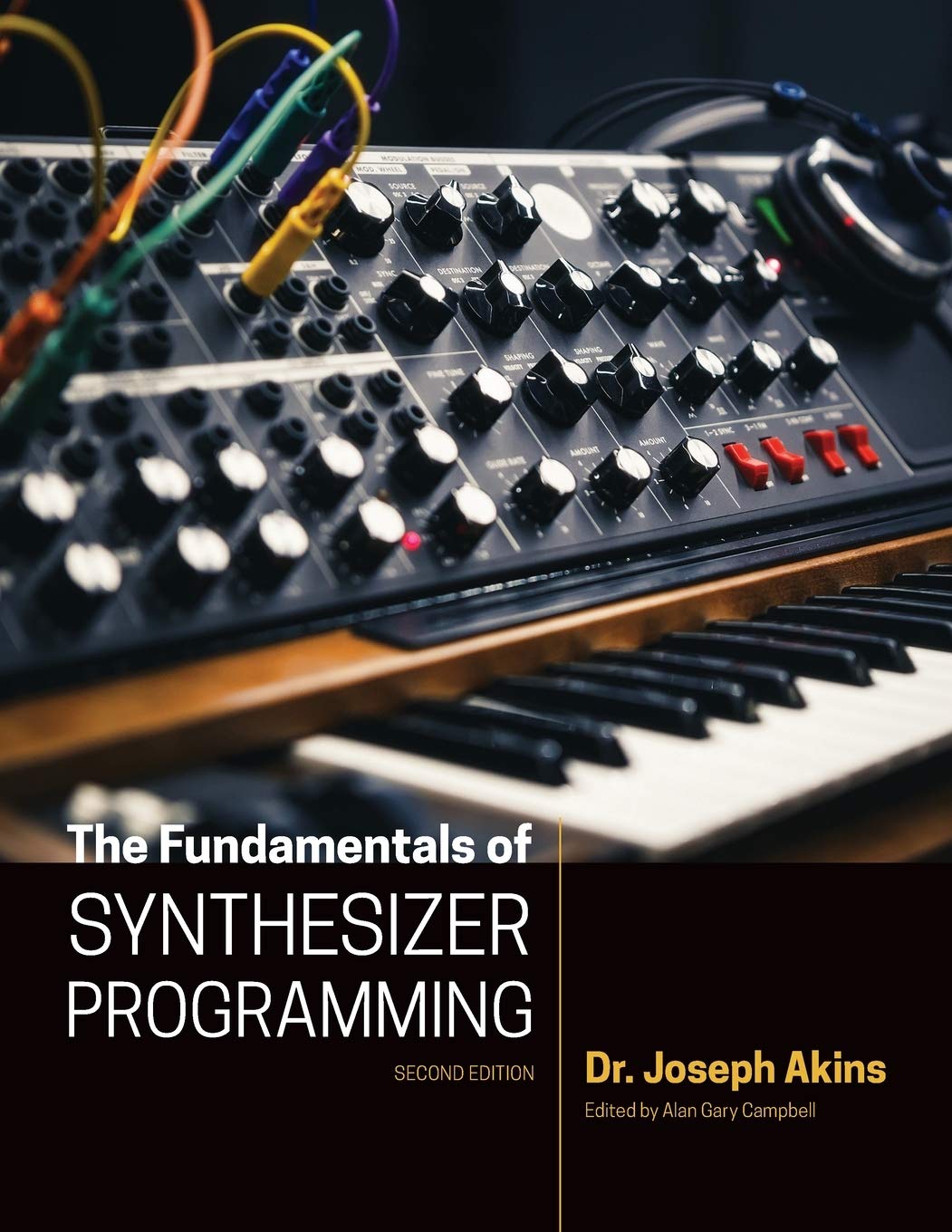

© Matrixsynth - All posts are presented here for informative, historical and educative purposes as applicable within fair use.
MATRIXSYNTH is supported by affiliate links that use cookies to track clickthroughs and sales. See the privacy policy for details.
MATRIXSYNTH - EVERYTHING SYNTH













© Matrixsynth - All posts are presented here for informative, historical and educative purposes as applicable within fair use.
MATRIXSYNTH is supported by affiliate links that use cookies to track clickthroughs and sales. See the privacy policy for details.
MATRIXSYNTH - EVERYTHING SYNTH



























